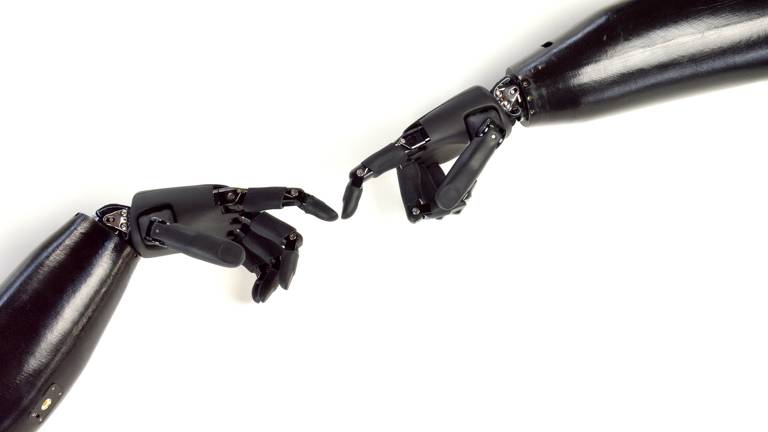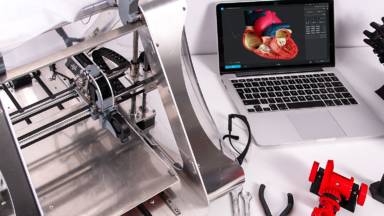
Researchers of Carnegie Mellon University successfully developed a robotic arm which is controlled only with thoughts not requiring the introduction of instruments into the body. This first-ever successful mind-controlled robotic arm has the ability to continuously track and follow a computer cursor.
This breakthrough in the field of noninvasive robotic device control not only is applicable to paralyzed patients and those with movement disorders but also has application in mind-control interfaces allowing people to interact with and control their environment.
Although Brain Control Interface (BCI) was previously invented for a continuously-controlled robotic arm by invasive brain implants, those implants require medical and surgical specialties to correctly install and operate. Needless to say about the potential risks and costs.
A great challenge in BCI research is to achieve a non-invasive or at least less invasive technology allowing patients to control their limbs using their thoughts. however, BCIs that uses non-invasive external implements receives "dirty" signals resulting in less resolution and less precise control. Therefore, when using only the brain to control a robotic arm a noninvasive BCI does not stand up to using implanted devices. Despite this, researchers at BCI have stepped ahead, looking for a less- or non-invasive technology benefiting the lives of patients.
Professor "Bin He", department head of biomedical engineering at Carnegie Mellon University and his lab made it possible to receive deep-in-brain signals using novel sensing and machine learning.
They overcome the noisy EEG signals leading to significantly improved EEG-based neural decoding and facilitating real-time continuous 2D robotic device control using noninvasive neuro-imaging and a novel continuous pursuit paradigm.
The technology has been tested in 68 healthy human subjects (up to 10 sessions per subject), including virtual machine control and robotic arm control in continuous usage mode. It is directly applicable to patients, and the team plans to conduct clinical trials in the near future.
Story Source: Materials provided by Carnegie Mellon University.









